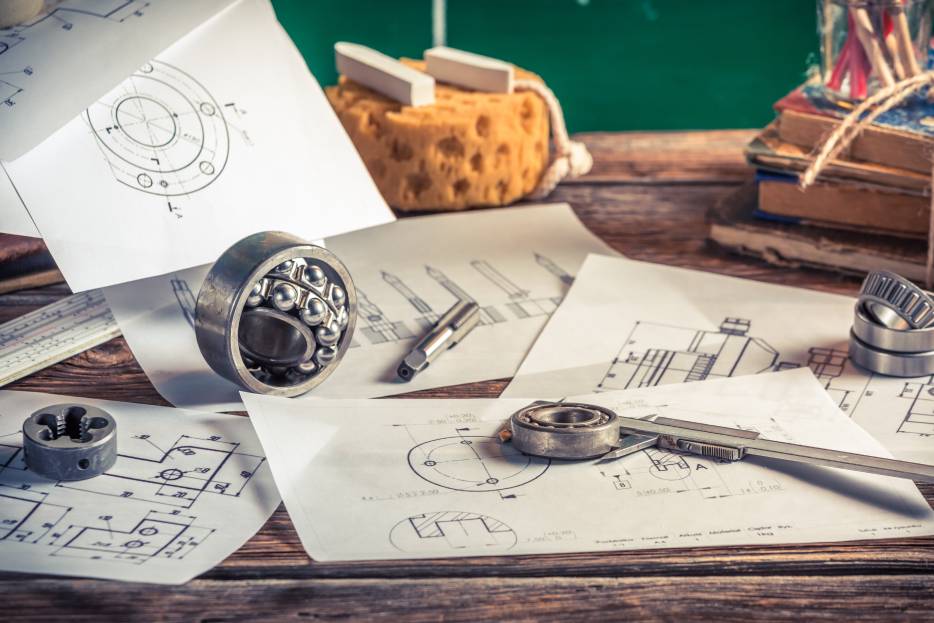Inventions in different fields are created daily, challenging the minds of more than one person who is trying to develop never-before-seen elements that may change how we do things and improve our lives.
That is why, if you are interested in developing a new invention, it is essential to be informed about the existing works, especially before filing for a patent. In this sense, prior art plays a relevant role in the documentation process for these legal tasks.
As patent lawyers in Miami, at Sanchelima we are committed to offering information that will help you improve your legal processes and avoid issues that may result in delays or resource loss. Therefore, in this post, we will explain the importance of prior art, its definition, and the purpose of researching this matter before you intend to patent your invention.
If you are interested in this topic, we recommend you keep reading and be prepared before filing a patent application for your product or new technology.
Table of Contents
ToggleImportance of prior art
First of all, we need to understand what is prior art. It is any documentation or information, digital or physical, that works as evidence that an invention already exists. It includes previous patents, scientific publications, product releases, and even public demonstrations of similar concepts.
The concept of prior art is critical in patent law, as it determines whether an invention is novel or non-obvious, both of which are essential criteria for granting a patent. If an invention has been disclosed in prior art, it cannot be patented, preventing duplicate claims and ensuring that only truly innovative ideas receive legal protection.

What is considered prior art?
As we mentioned before, if there are documents of an invention or an idea that has already been public, it could likely work as evidence for a patent; however, if you still want to know what can be prior art, hereunder, we develop some examples.
- Published patents and applications: Any granted patents or pending patent applications, whether domestic or international, serve as key references in prior art searches. Patent databases are among the first places examiners look to assess novelty.
- Scientific and technical publications: Articles in journals, research papers, white papers, and conference proceedings can serve as prior art if they describe similar inventions.
- Books, websites, and digital content: Any publicly available written content, including books, blog posts, technical websites, and online forums, can be considered prior art if they describe the invention or similar concepts.
- Product releases and public demonstrations: If a product incorporating the invention was sold, marketed, or publicly demonstrated before the patent application, it qualifies as prior art. Trade shows, exhibitions, and launch events often serve as evidence of public disclosure.
- Oral disclosures and presentations: Public speeches, academic lectures, and recorded discussions can constitute prior art if they clearly describe an invention before the patent filing date.
- Open-source projects and code repositories: In software development, publicly accessible code on platforms like GitHub or other open-source repositories can be considered prior art, preventing software patents on already shared innovations.
What is the purpose of the prior art search?
A prior art search is a crucial step in the patent application process, aimed at identifying any existing technologies, publications, or disclosures that might affect the novelty of an invention. Below, we share some other objectives of conducting a prior art search.
1.- Discovering previous inventions
One of the primary objectives of a prior art search is to uncover existing inventions that may impact the patentability of a new idea. Patent offices require that an invention be novel, meaning it must not have been previously disclosed in any form. Discovering previous inventions is essential because it helps avoid redundant patent applications.
2.- Identify areas of opportunity
A comprehensive prior art search not only highlights existing inventions but also reveals gaps in the market where innovation is needed. By studying what has already been patented or disclosed, inventors can identify unexplored areas and potential improvements.
Recognizing these areas of opportunity can guide research and development efforts in a more strategic direction. Instead of investing in ideas that are already well-covered, they can focus on differentiating their products and services.
3.- Analyze the competition
It is also a powerful tool for understanding the competitive landscape. By examining existing patents, businesses can gain insights into their competitors’ innovations, strategies, and areas of focus. This knowledge helps companies make informed decisions about their own product development and intellectual property strategy.
As well as to identify potential threats, such as overlapping patents that could lead to infringement disputes. It also helps them anticipate market trends by observing where competitors are investing their resources.
4.- Improve your invention
Beyond confirming patentability, a prior art search plays a crucial role in refining and improving an invention. By reviewing similar technologies and existing solutions, inventors can identify potential weaknesses in their ideas and make necessary adjustments.
Types of prior art patent research
1.- Text searching
Text searching is one of the most common and effective methods for conducting a prior art search. It involves using specific keywords, phrases, and technical terms to find relevant documents, patents, research papers, and publications that may describe similar inventions. This method is widely used in patent databases, scientific journals, and online resources to uncover existing knowledge in a given field.
A successful text search requires a well-planned strategy. Inventors and researchers must carefully choose search terms, including synonyms, industry-specific jargon, and variations of key concepts, to ensure comprehensive results.
Many patent offices and search tools, such as Google Patents, the United States Patent and Trademark Office (USPTO) database, and the European Patent Office (EPO) database, provide advanced filtering options to refine searches based on dates, classifications, and jurisdictions.

2.- Patent classification
Patent classification searching is a highly effective method for finding relevant prior art by using standardized classification systems. Patent offices around the world categorize patents into specific technical fields, making it easier to locate documents related to a particular invention.
The most widely used classification systems include the International Patent Classification (IPC), the Cooperative Patent Classification (CPC), and the United States Patent Classification (USPC).
3.- Patent citation searching
It is another valuable technique for identifying prior art by analyzing the references cited in patent documents. When a patent application is filed, the inventor or patent examiner typically cites previous patents and publications that are relevant to the invention. These citations create a network of related technologies, allowing researchers to trace the evolution of an idea and uncover earlier disclosures that might impact patentability.
There are two main types of patent citations: backward citations and forward citations. Backward citations refer to earlier patents and documents that a patent application references as prior art. Examining these citations can help researchers identify foundational technologies and earlier inventions that influenced the development of an innovation.
Forward citations, on the other hand, are patents that cite a specific document in the future. Analyzing forward citations can reveal how a particular technology has been built upon and whether new developments have emerged in the same field.
Now that you have learned more about prior art, remember to contact us in case you haven’t conducted a prior art search, and if you find this article useful, share it on social media and stay pendant on our blog for more updates.


